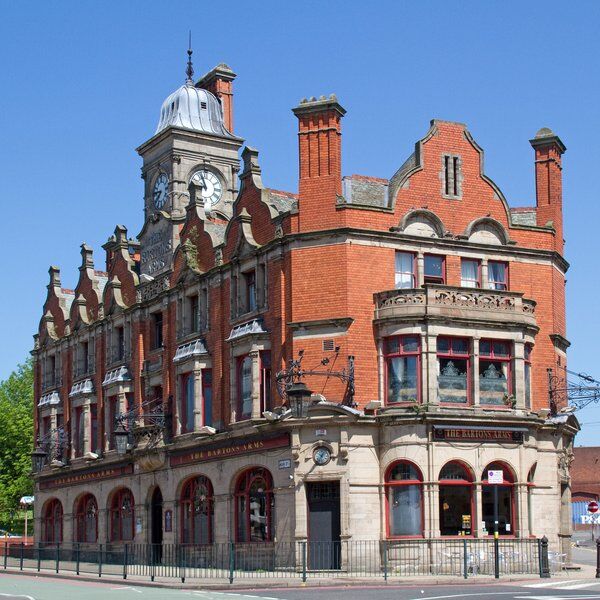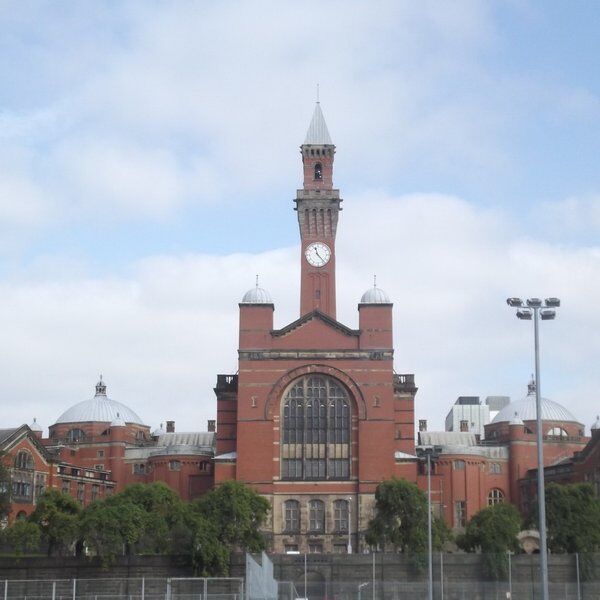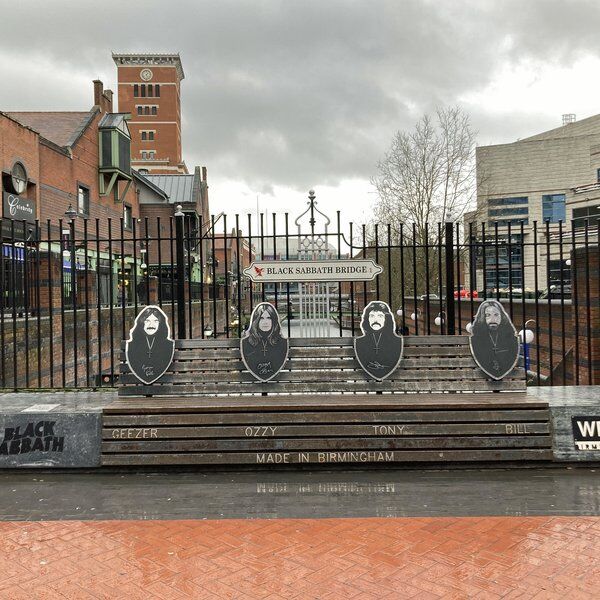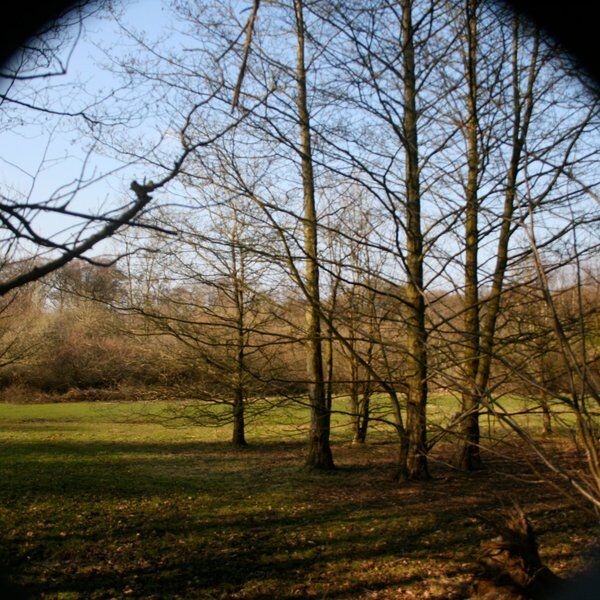
Discover Castle Bromwich Hall Gardens
Castle Bromwich Hall Gardens, are a remarkably preserved example of a formal English garden. With roots tracing back to the 16th century, this site has maintained its Baroque design, largely untouched by the changing trends that have swept through landscape gardening over the centuries.
Covering 10 acres, the formal gardens of Castle Bromwich Hall were once part of the Earl of Bradford’s estate. Inside the gardens are over 600 species of plants, and the challenging Holly Maze, an exact replica of the famous maze at Hampton Court Palace. Surrounding the gardens is an additional 30 acres of historic parkland, now designated as a Local Nature Reserve. This parkland is filled with plant species and heritage fruits from 1680 to 1760, immersing visitors in the Baroque countryside right in the heart of 21st-century Birmingham.

The Origins of Castle Bromwich Hall Gardens
Castle Bromwich Hall, a Grade I listed brick building, was constructed between 1557 and 1599 by Sir Edward Devereux, the first MP for Tamworth. Over the centuries, the hall has had many expansions, including a tower and kitchen block in the 19th century. Surrounding the hall are a variety of buildings such as a small wooden chapel, stables, and agricultural structures, many of which have been repurposed for commercial use.
The Jacobean Hall and its estate were purchased in 1657 by Sir Orlando Bridgeman for his son, Sir John Bridgeman I. Around 1700, modifications were made to both the Hall and the gardens by Captain William Winde, under the guidance of Sir John Bridgeman I.
Winde, who had also worked on other estates like Coombe Abbey and Cliveden, consulted George London and Charles Hatton to help design the garden. The result was a formal arrangement popularised by William III, of self-contained garden areas, each separated by walls, hedges, or terraces.
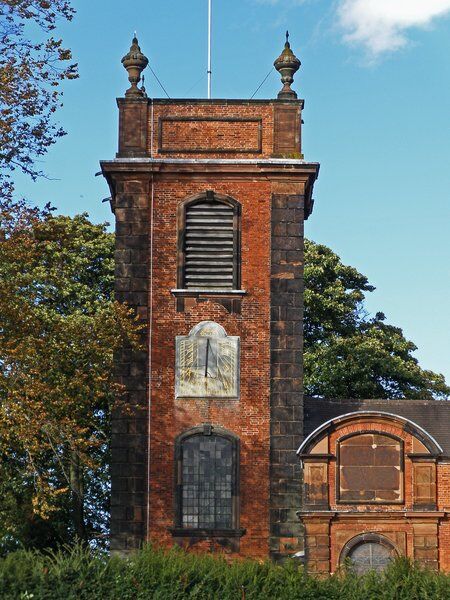
The Growth of Castle Bromwich Hall Gardens
After the death of Sir John Bridgeman I in 1710, his son, Sir John Bridgeman II, continued to extend the gardens westward until they reached their present size of 10 acres. The gardens flourished from 1680 until about 1760. Features like Captain Winde’s "Maltese Cross" parterre design in the North Garden has become the modern logo of the Castle Bromwich Hall Gardens Trust.
Throughout the centuries, the Bridgeman family, later known as the Earls of Bradford, continued to develop the gardens. Lady Ida Bridgeman, the last family member to reside at the Hall, maintained the gardens until her death in 1936. After this date the Hall was rented out, and the gardens fell into neglect.
In 1982, a planning application for housing development threatened the gardens, but the West Midlands County Council recognised their importance and resisted the proposal. Following an appeal and its eventual refusal, the Castle Bromwich Hall Gardens Trust was established in 1985 to restore and maintain the gardens. In 1986, the gardens and adjoining parkland became Grade II listed.

Efforts to Restore the Gardens
Since the trust was formed and began restoring the gardens, some sections of the garden's original layout had to be meticulously re-created. The walls and orangery have been rebuilt, and the 19th-century Holly Maze has been brought back to life. The Kitchen and Fruit Garden have been redesigned following Batty Langley's 1728 book "New Principles of Gardening”. Every detail, from the layout of the flower beds to the selection of plants, was carefully researched to maintain historical accuracy.
Overall the Castle Bromwich Hall and Gardens Trust would like to reunite the Jacobean Hall, which now functions as a private hotel, the gardens, and the parkland. With support from the Heritage Lottery Fund and other partners, the trust is adamant about preserving the legacy of Castle Bromwich Hall Gardens. The parkland, although neglected, remains a crucial reminder of the estate's rural setting and has been designated a Site of Importance for Nature Conservation. The Trust aims to give the park a stronger identity and create an environment cherished by the local community.

Visiting Castle Bromwich Hall Gardens
Today, Castle Bromwich Hall Gardens are a beloved public space and it is argued that they are the closest one can get to experiencing the 17th century without a time machine. The immediate goal is to maintain the gardens to a high standard, enhancing the visitor experience and ensuring the gardens' long-term sustainability. When visiting the estate, guests are encouraged to support this mission by taking their rubbish home or recycling it to help reduce disposal costs for the charity.
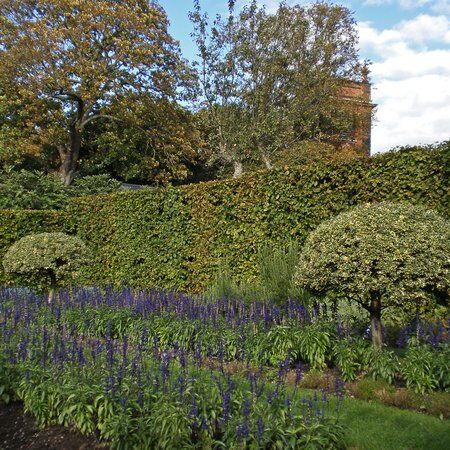
While Castle Bromwich Hall itself has been transformed into a luxurious hotel, the gardens remain open to the public for most of the year. South of the hall lies a forecourt with 17th-century gate piers and wrought-iron gates. The North Garden features overgrown yew hedges and a grand gateway leading to the nearby churchyard.
The main formal gardens, extending west from the hall, are enclosed by a brick wall and feature restored sphinx-like beasts atop tall piers. The Best Garden, with its 19th century-style rose beds, lies adjacent to the hall, and the Greenhouse Garden and former Soft Fruit Garden still grow produce typical of the period between 1680 ang 1760.
Beyond the formal gardens, the estate’s parkland has now been largely reduced to rough grassland. Avenues of horse chestnut, mature lime, sycamore, and oak trees, some dating back to the 19th century, still line the approach to the hall.

Courtyard Cafe and Events at Castle Bromwich Hall Gardens
Castle Bromwich Hall Gardens has an outdoor Courtyard Cafe offering homemade cakes and locally made savouries. It's the perfect place to relax and refuel during a day trip to the gardens. The lawns and strategically placed benches make it an ideal setting for picnics, whether you bring your own, or purchase refreshments from the cafe.
The Castle Bromwich Hall Gardens Trust also arranges for a variety of activities to take place at the gardens, including craft and nature-based events for children as well as outdoor music and theatre performances.For those looking to celebrate special occasions, the gardens are a unique and picturesque location for weddings, celebrations, and photo shoots.

Explore Brimingham with CityDays
Interested in finding more fun things to do in Birmingham?
Discover Birmingham's secret sights and noteworthy nooks by playing one of our Birmingham treasure and scavenger hunts, exploration games, or team building activities.
All you have to do is team up with your partner, friends, family or colleagues to solve riddles, complete challenges and answer trivia to lead you on an unforgettable journey around Birmingham's most intriguing streets.
The best part? We’ll recommend top-rated pubs, cafés and restaurants and give your team the chance to earn rewards by competing on our leaderboard.
Take the stress out of planning your visit to Birmingham and book your adventure today!
Not visiting Birmingham this time? Don’t worry, you’ll find us all over the world.









